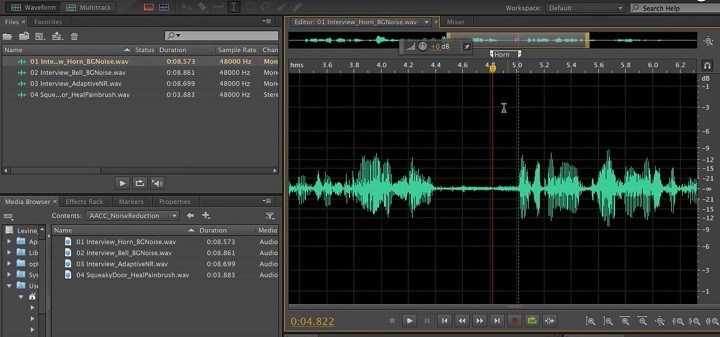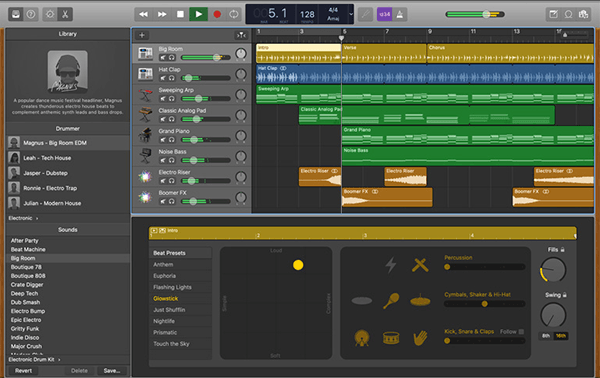

- #Cnet audio editing software reviews how to#
- #Cnet audio editing software reviews pro#
- #Cnet audio editing software reviews plus#
If you need something more sophisticated, read on. If you're recording a podcast or editing a clip of your kid's piano recital that you recorded on your phone, Audacity is an excellent choice you can probably start and stop there. While Audacity aspires to some extremely basic multitrack recording with overdubs, its real use is as a solid stereo editor. In each of our reviews, we did our best to approach each product as a whole, rather than devoting the majority of the space to just the latest features that were added in the most recent update.īefore we get to the specifics, the simplest program for audio editing is a two-track editor probably the most famous example here is the free Audacity. That's great for the existing user base of each DAW, but maybe not always quite as clear for newcomers. Numerous venerable (and excellent) recording magazines have reviewed these applications many times over the years.

#Cnet audio editing software reviews how to#
So how to decide? To help with this task, we went out and tested the most popular DAWs. They've grown incredibly powerful, and as a result have user interfaces that are as complex as…well, professional mix consoles.
#Cnet audio editing software reviews pro#
Most of the famous packages like Pro Tools, Cubase, and Logic have been around for decades. Choosing the right audio software can be quite difficult. For the newcomer, though, it may seem almost hopelessly complex. Choosing the Right DAWįrom the standpoint of someone recording 20 or 30 years ago, a DAW today is like a giant candy store it's as if you can do almost anything. It's all nearly unlimited and "in the box" now. You can create as many instances of effect plug-ins as you want, including spot-on emulations of compressors that used to cost several thousand dollars each, and attach them to as many mixer channels as you want. Software packages that cost a few hundred dollars now deliver hundreds of audio tracks and incredibly flexible editing. Digital audio recording on the computer was just starting to become affordable. The only easy multitrack recording you could do at the time was with MIDI, with hardware synthesizers or samplers, and maybe with a Mac or an Atari ST computer attached as a sequencer. And you'd be sharply limited in the kinds of projects you could produce. If you were on a budget, you'd probably stick with a tried-and-true Tascam or Yamaha four-track tape recorder and Alesis compressor, get used to bouncing tracks in mono, make peace with tape hiss, and remember to clean the tape heads every week. In other words, you were looking at about $10K to $15K worth of gear to start-and that's before you got to microphones, speakers, and other accessories.
#Cnet audio editing software reviews plus#
Twenty years ago, to record a music album at a professional level, you needed a sizable mixing console, several eight-track digital records (such as ADATs or DA-88s), and a good selection of outboard compressors, reverb units, and other effects, plus a two-track deck to mix down to. There has never been a better time to buy digital audio workstation (DAW) software.


 0 kommentar(er)
0 kommentar(er)
